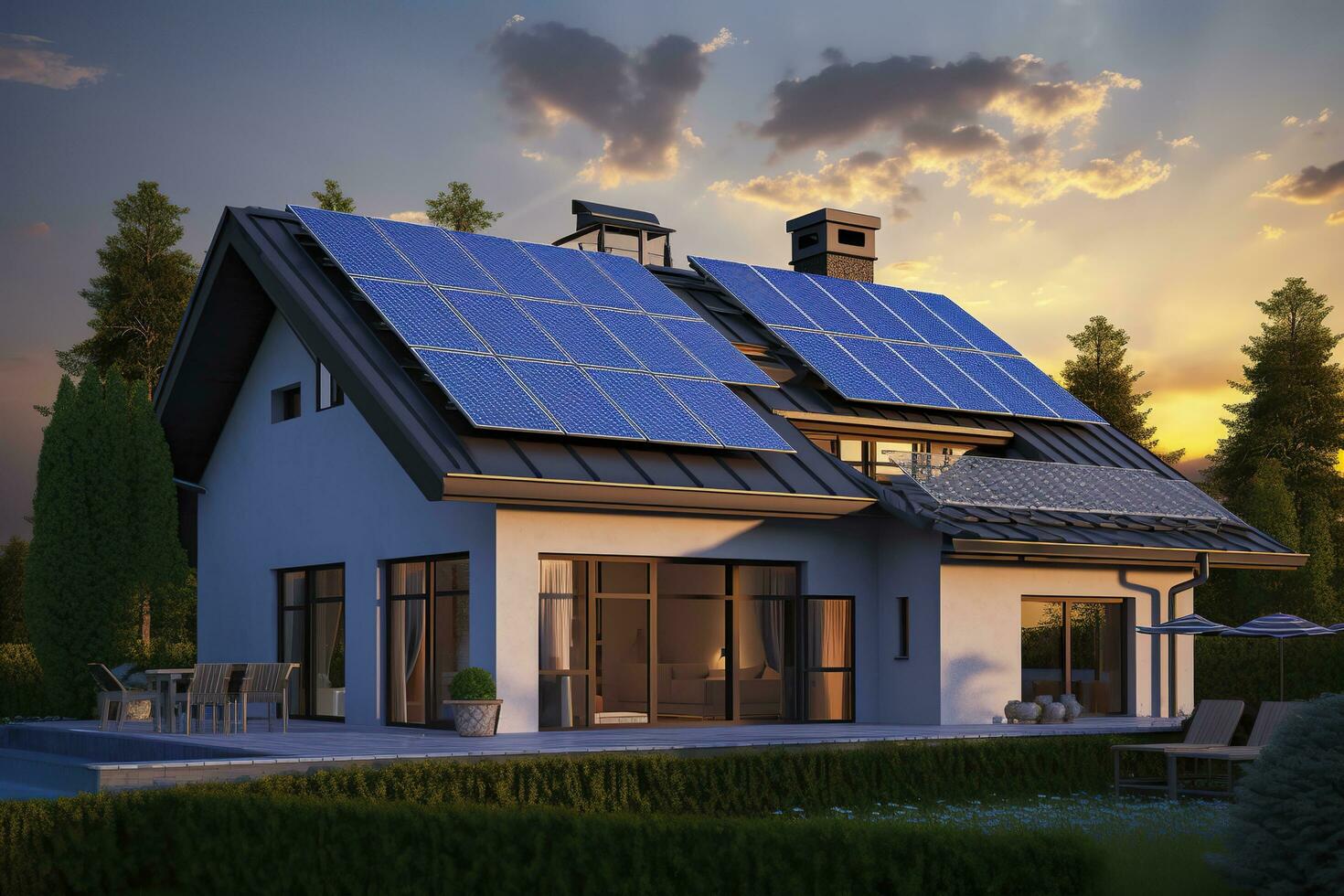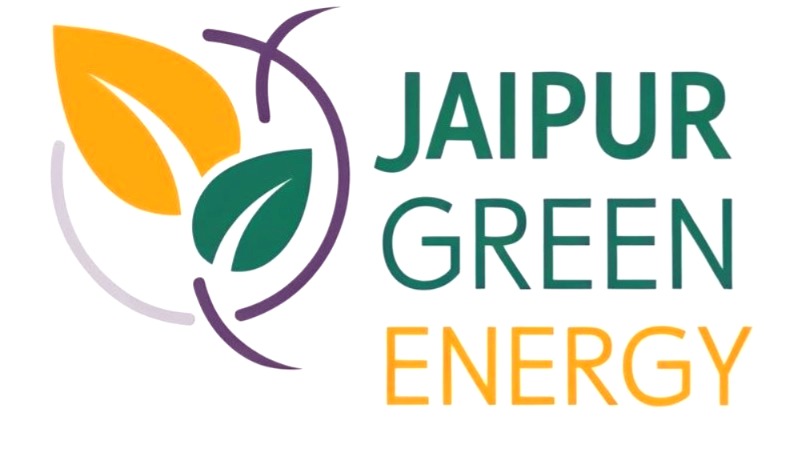Frequently Asked Questions (FAQ)
1) Site Assessment
2) Permit Acquisition
3) Mounting System Installation
4) Panel Mounting
5) Wiring and Cabling
6) Inverter Installation
7) Electrical Connection
2) Permit Acquisition
3) Mounting System Installation
4) Panel Mounting
5) Wiring and Cabling
6) Inverter Installation
7) Electrical Connection
Typically, once or twice a year, especially in areas with high dust or pollen.
1) Tilt: Generally, a tilt angle of 15-25 degrees is optimal for most locations.
2) Orientation: Face the panels south (in the Northern Hemisphere) for maximum sunlight exposure.
2) Orientation: Face the panels south (in the Northern Hemisphere) for maximum sunlight exposure.
Increasing efficiency, lower costs, integration with smart grid technologies, and innovative solar panel designs.
1) Calculate energy needs, select appropriate components, and design the system layout.
2) Ensure proper sizing of solar panels, inverter, and batteries.
2) Ensure proper sizing of solar panels, inverter, and batteries.
1) Panel Efficiency: Higher efficiency means more power generation.
2) Inverter Compatibility: Ensure compatibility with panel type and system size.
3) Brand Reputation: Choose reputable brands with good warranties.
4) Microinverters vs. String Inverters: Microinverters offer more flexibility and potential for performance optimization.
2) Inverter Compatibility: Ensure compatibility with panel type and system size.
3) Brand Reputation: Choose reputable brands with good warranties.
4) Microinverters vs. String Inverters: Microinverters offer more flexibility and potential for performance optimization.
1) Electrical Shock: Always follow electrical safety guidelines.
2) Rooftop Hazards: Use proper safety equipment and techniques when working on roofs.
3) Weather Conditions: Avoid installation during extreme weather.
2) Rooftop Hazards: Use proper safety equipment and techniques when working on roofs.
3) Weather Conditions: Avoid installation during extreme weather.


